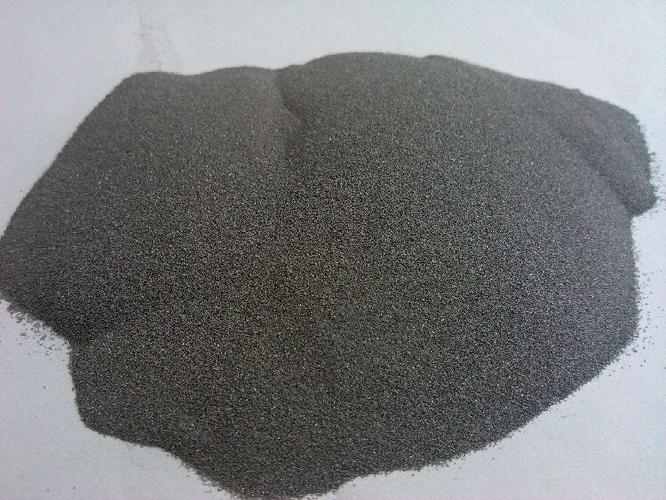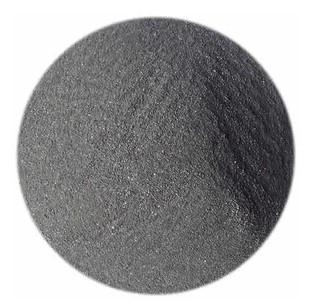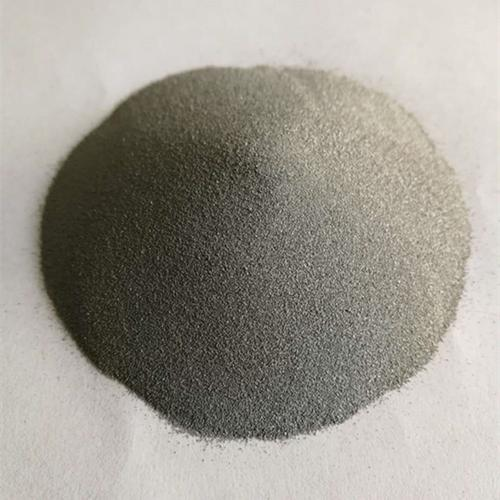**Title: Nickel Powder: Silent Threat to Our Seas?**
(Is Nickel Metal Powder A Marine Pollutant)
**1. What is Nickel Metal Powder?**
Nickel metal powder is exactly what it sounds like. It’s pure nickel ground down into incredibly fine particles. Think of it like microscopic grains of sand, but made entirely of nickel metal. This powder form is key for many industries. It behaves differently than solid nickel. The tiny size gives it unique properties. It has a huge surface area relative to its volume. This makes it highly reactive. It can flow almost like a liquid under certain conditions. This powder isn’t naturally occurring. It’s manufactured through processes like carbonyl decomposition or electrolysis. These methods break nickel down from larger chunks or ores. The result is a versatile material essential for modern manufacturing. Its fine texture allows it to be pressed, sintered, or mixed into other materials easily. This is crucial for making complex parts. You find it in batteries, catalysts, and specialized alloys. Understanding this powder form is the first step. We need to grasp its nature before seeing its environmental impact.
**2. Why Might Nickel Powder Be a Marine Pollutant?**
Nickel itself isn’t inherently bad. It’s a natural element found in the Earth’s crust. Oceans contain trace amounts naturally. The problem arises with nickel *metal* powder entering the marine environment unnaturally. Its fine particle size is the core issue. These tiny grains don’t dissolve easily in seawater. They persist. They can float suspended in the water column for long periods. Or they sink and accumulate in sediments. This persistence means organisms are exposed continuously. Nickel ions, released slowly from the powder, are toxic to marine life. Fish, shellfish, and plankton can suffer. Effects range from reduced growth and reproduction to organ damage and death. Bioaccumulation is a major worry. Small organisms ingest the particles or absorb the ions. Predators eat these smaller organisms. Nickel concentrations build up the food chain. Top predators face the highest risks. The powder’s large surface area speeds up the release of toxic nickel ions. This makes it potentially more harmful than larger nickel pieces. Essentially, the powder form acts like a slow-release poison capsule in the ocean.
**3. How Does Nickel Powder Enter the Marine Environment?**
Nickel powder doesn’t magically appear in the ocean. Human activities are the primary pathways. Accidental spills during transport are a significant risk. Trucks or ships carrying nickel powder containers might crash or leak. Powder can blow away or wash into waterways during loading and unloading. Industrial discharge is another source. Factories using nickel powder might have inadequate wastewater treatment. Nickel-laden effluent can enter rivers, eventually reaching the sea. Improper waste disposal is a critical problem. Nickel powder scrap or used products containing it might end up in landfills. Rainwater can leach nickel from these sites. Contaminated runoff flows into streams and oceans. Atmospheric deposition plays a role too. Nickel powder dust can become airborne during industrial processes. This dust settles on land or directly onto the ocean surface. Even wear and tear of nickel-containing products contributes. Think brake pads or ship components releasing fine particles over time. Once released into rivers or coastal waters, currents disperse the powder widely. It becomes part of the vast marine pollution problem.
**4. Where is Nickel Metal Powder Used (Applications)?**
Despite the risks, nickel powder is vital for many modern technologies. Its unique properties make it hard to replace. One major use is in rechargeable batteries, especially Nickel-Metal Hydride (NiMH) types. It forms conductive networks within electrodes. Powder metallurgy relies heavily on nickel powder. Manufacturers press and sinter it to create strong, complex metal parts. Think gears, filters, and automotive components. The chemical industry uses nickel powder extensively as a catalyst. It speeds up reactions in processes like hydrogenation or petroleum refining. Surface coatings often incorporate nickel powder. Electroplating and thermal spray coatings use it for corrosion resistance and wear protection. Specialized alloys need nickel powder. It’s blended with other metals like iron, copper, or chromium to create superalloys. These alloys withstand extreme heat and stress in jet engines and power plants. Electronics utilize nickel powder in conductive pastes and multilayer ceramic capacitors (MLCCs). Its applications are widespread and deeply embedded in industry. This widespread use increases the chances of environmental release.
**5. Nickel Powder Marine Pollution FAQs**
**Q1: Is nickel powder officially classified as a marine pollutant?**
Yes. Under international shipping regulations (like IMDG Code), many forms of nickel, including certain powder types, are listed as Marine Pollutants. This classification depends on specific properties and test results showing toxicity to aquatic life. Transport requires special labeling.
**Q2: Is dissolved nickel from powder the only problem?**
No. Both dissolved nickel ions *and* the physical powder particles pose threats. The ions cause direct chemical toxicity. The fine particles can smother organisms on the seabed. They can also clog the gills of fish and invertebrates, causing physical harm.
**Q3: Can marine life recover from nickel powder pollution?**
Recovery depends on the scale and duration of exposure. Small spills in well-flushed areas might see faster recovery. Persistent contamination in sediments can last years or decades. Nickel doesn’t break down; it just moves around or gets buried. Sensitive species may disappear locally.
**Q4: Can we recycle nickel powder to prevent pollution?**
Recycling is crucial and possible. Nickel is valuable. Processes exist to recover nickel from spent batteries, catalysts, and metal scrap. Effective recycling reduces the need for new mining. More importantly, it keeps nickel waste out of landfills and potential water pathways. Proper recycling is a key pollution prevention strategy.
**Q5: What’s being done to prevent nickel powder pollution?**
(Is Nickel Metal Powder A Marine Pollutant)
Regulations focus on safe handling, transport (using Marine Pollutant labels), and strict waste disposal. Industries are improving containment and wastewater treatment. Research explores less toxic alternatives for some applications. Better recycling infrastructure is essential. Public awareness pushes companies towards cleaner practices. Enforcement of existing laws remains vital.
Inquiry us
if you want to want to know more, please feel free to contact us. (nanotrun@yahoo.com)


